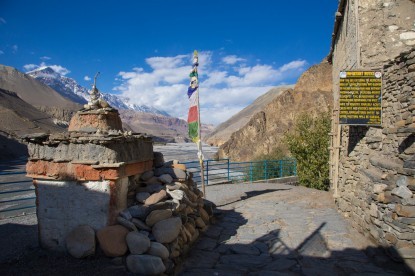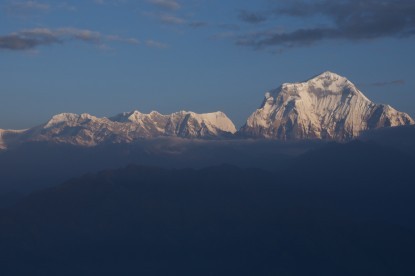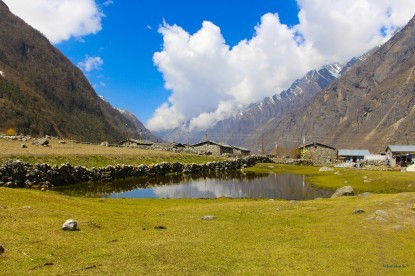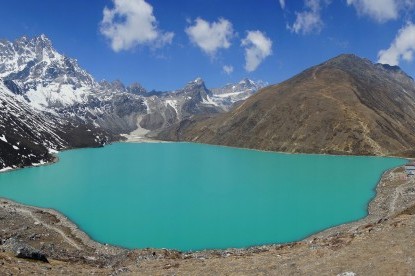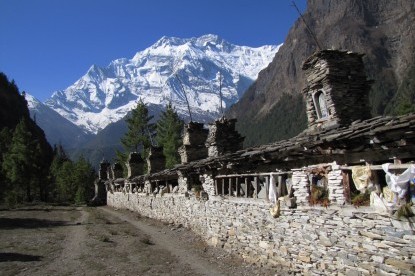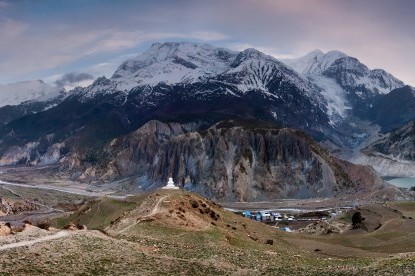Upper Mustang Trek is a timeless journey into medieval towns of Jomsom and Lo Manthang to ...
Nestled in the heart of the Himalayas, Nepal is a land of stunning natural beauty, diverse culture, and warm hospitality. From the towering peaks of the Himalayas to the lush green jungles of the Terai, Nepal has something for everyone. As a tourism destination, Nepal has a lot to offer, and it's no surprise that it has become increasingly popular among adventure seekers, spiritual seekers, and nature enthusiasts.
Adventure Seekers:
For adventure seekers, Nepal is a paradise. With eight of the ten highest peaks in the world, including Mount Everest, Nepal is a hub for mountaineers, trekkers, and climbers. The Everest Base Camp Trek is one of the most popular treks in Nepal, offering breathtaking views of the Khumbu Glacier, the Himalayas, and the Sherpa villages. Other popular treks include the Annapurna Circuit Trek, the Langtang Trek, and the Manaslu Circuit Trek. Rafting, bungee jumping, paragliding, and zip-lining are also popular adventure activities in Nepal.
Spiritual Seekers:
Nepal is also a land of spirituality and religion. The country is home to numerous ancient temples, monasteries, and stupas. The Pashupatinath Temple, one of the most sacred temples of Lord Shiva, is a must-visit destination for Hindus. The Boudhanath Stupa, one of the largest stupas in the world, is a UNESCO World Heritage Site and a popular destination for Buddhist pilgrims. The Swayambhunath Stupa, also known as the Monkey Temple, is another iconic landmark in Kathmandu. The tranquil atmosphere and the stunning architecture of these ancient temples and stupas are sure to leave a lasting impression on spiritual seekers.
Nature Enthusiasts:
For nature enthusiasts, Nepal is a paradise of natural beauty. The country is home to numerous national parks and wildlife reserves, including the Chitwan National Park, the Bardia National Park, and the Sagarmatha National Park. These parks are home to rare and endangered species, such as the Bengal tiger, the one-horned rhinoceros, and the snow leopard. The lush green forests, cascading waterfalls, and crystal-clear lakes are sure to captivate nature lovers.
Warm Hospitality:
Nepal is known for its warm hospitality and friendly people. The Nepalese people are welcoming and always ready to assist visitors. The local cuisine, which is a blend of Indian and Tibetan influences, is a must-try for food lovers. The traditional music and dance performances are also a treat for visitors.
In conclusion, Nepal is a tourism destination that should be on everyone's bucket list. Whether you are an adventure seeker, a spiritual seeker, or a nature enthusiast, Nepal has something to offer. With its stunning natural beauty, rich culture, warm hospitality, and countless attractions, Nepal is sure to leave a lasting impression on visitors.
